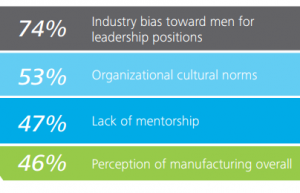Advance CTE will be writing a series of blog posts profiling the policies and practices of free college in the United States. This post will explore the history of the movement toward free college. Check back for blogs on the challenges, successful practices and future of free college.
College affordability, or lack of affordability, is one of the most pressing problem in the world of higher education. Free postsecondary education has long been a topic of conversation, and various models have been piloted at the state and local levels. The Atlantic’s “Debt Free” article explains that this idea was given renewed national attention when former President Barack Obama addressed the topic in his 2015 State of the Union speech. In particular, President Obama advocated that the place to start implementing such policies was in community colleges. Afterward, with the upcoming presidential election campaigns underway, the conversation of free college remained part of many candidates dialogue. Senator Bernie Sanders (I-VT), for example, was a vocal advocate.
Some state higher education institutions previously held free college policies, but found that model unsustainable over time. TIME’s piece, “What Happened When American States Tried Providing Tuition-Free College,” profiled some such examples:
- For decades, the University of Florida was free for in-state students to attend. Around 1959, “registration and instructional fees” began to be instated and in 1969 full tuition was imposed;
- The City University of New York system did not have tuition fees for students until 1976; and
- When the University of California (UC) system was started in 1868, free admission and tuition for in-state students was ensured. The California State and community-college systems decided the same. However, in 1960, California’s Master Plan for Higher Education allowed for students to be charged certain fees. In 1970, students were charged an “educational fee,” which has increased over time.. From that point on, California continuously decreased the amount of funding towards high education. In 2004-2005, UC allocated only 16 percent of funding to higher education compared to 32 percent in 1974.
A main driver behind institutions pulling back on free college practices has to do with the significant increase in enrollment, as reported by the National Bureau of Economic Research. Whereas in the 1909-1910 school year only 355,000 of Americans 19-24 years old (2.9 percent of those in that age bracket) enrolled in higher education, by 2012 that number increased to 31.4 million (41 percent). At the same time, state and local funding for public colleges and universities decreased. Just from 2008-2016, overall state dollar allocation across the country to institutions of higher education has declined by 16 percent. If free college policies were put in place at the founding of an institution, the combination of increased enrollment and decreased state and local funding made the model unsustainable.
Meredith Hills, Policy Associate


 Similarly, in Ohio, three community colleges
Similarly, in Ohio, three community colleges



